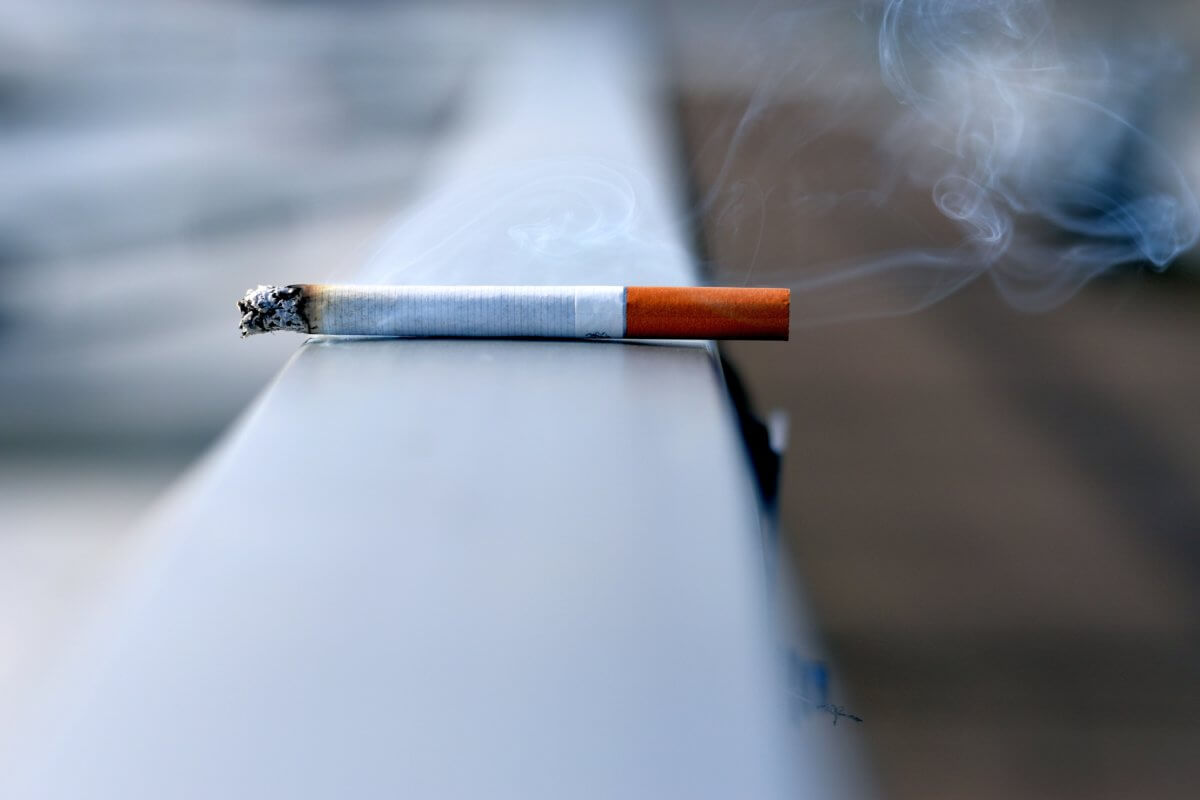TEL AVIV, Israel — Many parents think they’re protecting their children by smoking on the porch or next to an open window in a room. However, a new study by a team at Tel Aviv University finds that, in contrast to such beliefs, restricting smoking to the porch does not protect most children from exposure to tobacco smoke.
“Smoking on the porch or near windows doesn’t provide the protection we thought it did. Our study shows that children are still exposed to tobacco smoke even in these restricted areas,” according to Tel Aviv University Professor Leah (Laura) Rosen.
Nicotine was detected in the hair samples of six out of 10 children whose parents only smoked on the porch, challenging the belief that it provides adequate protection. To minimize children’s exposure to tobacco smoke, researchers recommend avoiding smoking within a 33-foot radius of the house and maintaining a 33-foot distance from children in open areas.

The misconception that smoking on the porch is a “safe” place to smoke poses a significant concern in Israel, where porches are often adjacent to living areas, allowing smoke to permeate into the house. Children can be directly exposed to smoke when stepping onto the porch or when smoke drifts indoors. Residual smoke, known as thirdhand smoke, can also be absorbed into the environment and subsequently inhaled or ingested by infants and young children.
“As a society, we must prioritize the reduction of parental smoking and ensure the well-being of children, pregnant women, and all vulnerable populations. It’s time to distance everyone from the risks of tobacco smoke exposure,” says Rosen in a media release.
It was noted that in the first stage of the study (which was published about two years ago), the research team tested for the presence of hair nicotine among children of smoking parents – and then it was found that 70 percent of the children of smoking parents had measurable hair nicotine. Now, as described above, the researchers examined the data by location of parental smoking.
Researchers say smoking on the porch does not adequately protect children from tobacco smoke, necessitating a reconsideration of the Health Ministry’s stance to safeguard children’s health. The results have implications for a current Israeli Supreme Court case, which addresses neighbor smoking as an environmental hazard.
The study is published in the International Journal of Environmental Research and Public Health.
How dangerous is thirdhand smoke?
Secondhand smoke is no joke, and it seems that thirdhand smoke is no laughing matter either. Researchers at the Lawrence Berkeley National Laboratory explain that living in contaminated spaces, whether it’s handling the clothes of a smoker or checking into a cigarette-friendly hotel, seems to be enough to expose someone to toxic chemicals that exceed current risk guidelines.
Even if you visibly see the smoke clear, a microscopic view shows accumulating nicotine on household surfaces. The continuous nicotine build-up from repeated smoking suggests cancer-causing compounds called tobacco-specific nitrosamines (TSNAs) are constantly forming, increasing a person’s risk for developing cancer and other health conditions.
You might also be interested in:
- How To Quit Smoking: Best Ways To Resist Tobacco Cravings, According To Health Experts
- Secondhand smoke exposure significantly increases risk of developing mouth cancer
- Nearly all young children have traces of tobacco on their hands, study reveals


And how about all that MARIJUANA smoke that has become fashionably A-OK?!
Can’t smoke tobacco indoors…but industrial weed is somehow free of everything that industrial tobacco wasn’t?!
That’s how you know it’s all BS. Science should be objective but smoking plants is good and even provides health BENEFITS, when its “wacky-tobaccy” but BAD and death causing when its just plain old “tobaccy minus the “wacky”….OKAY;/
This is such a crock!
No kid has ever been damaged by cigarette smoke.
Total lies and BS to justify the banning of tobacco.
If smoking was the cause of millions of deaths, how come ‘Lung Cancer’ figures are never touted?
I will tell you why, because Lung Cancer is still as prevalent as ever.